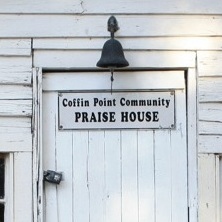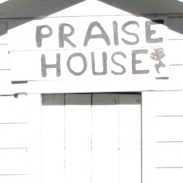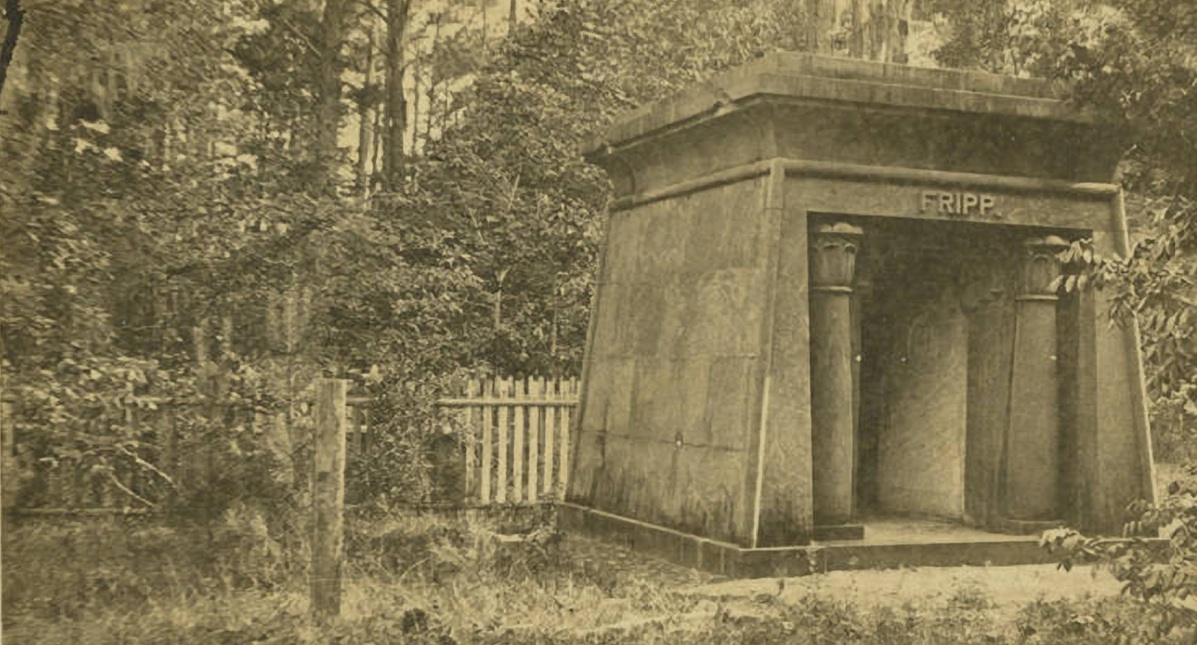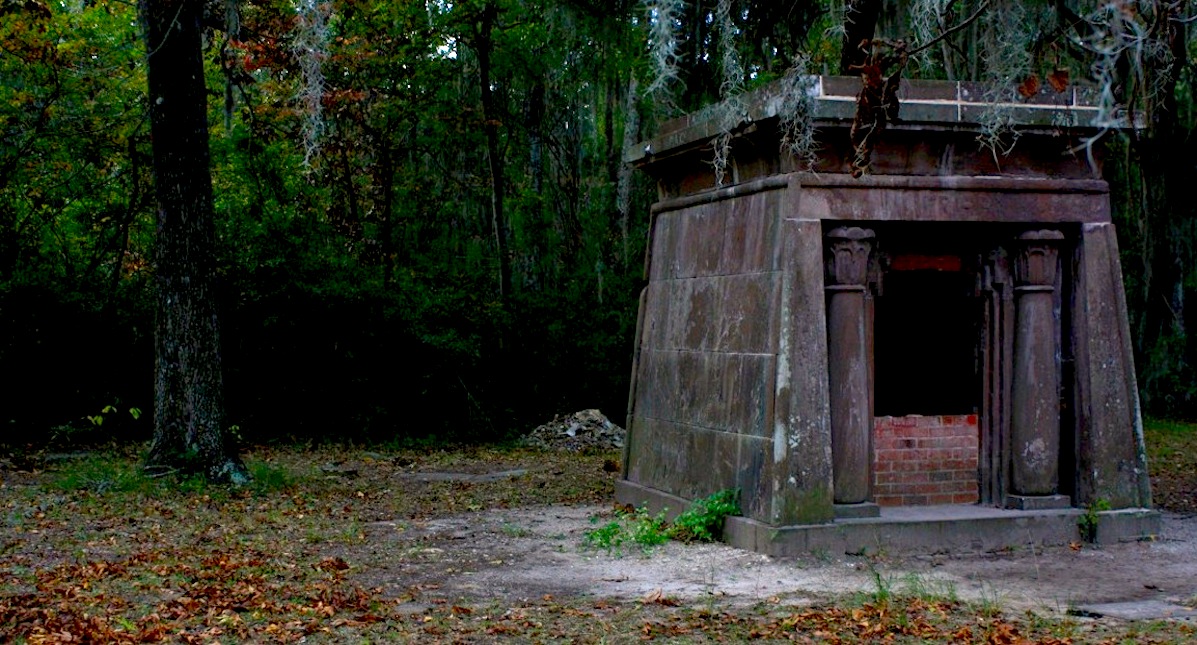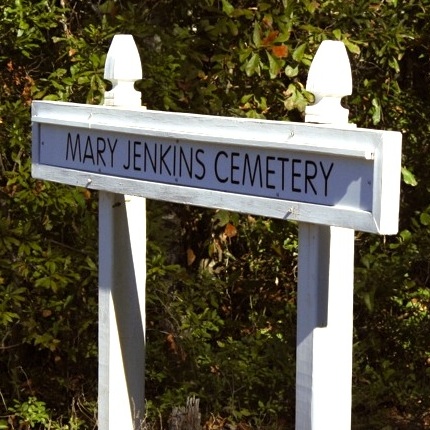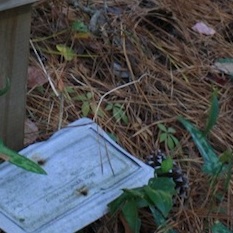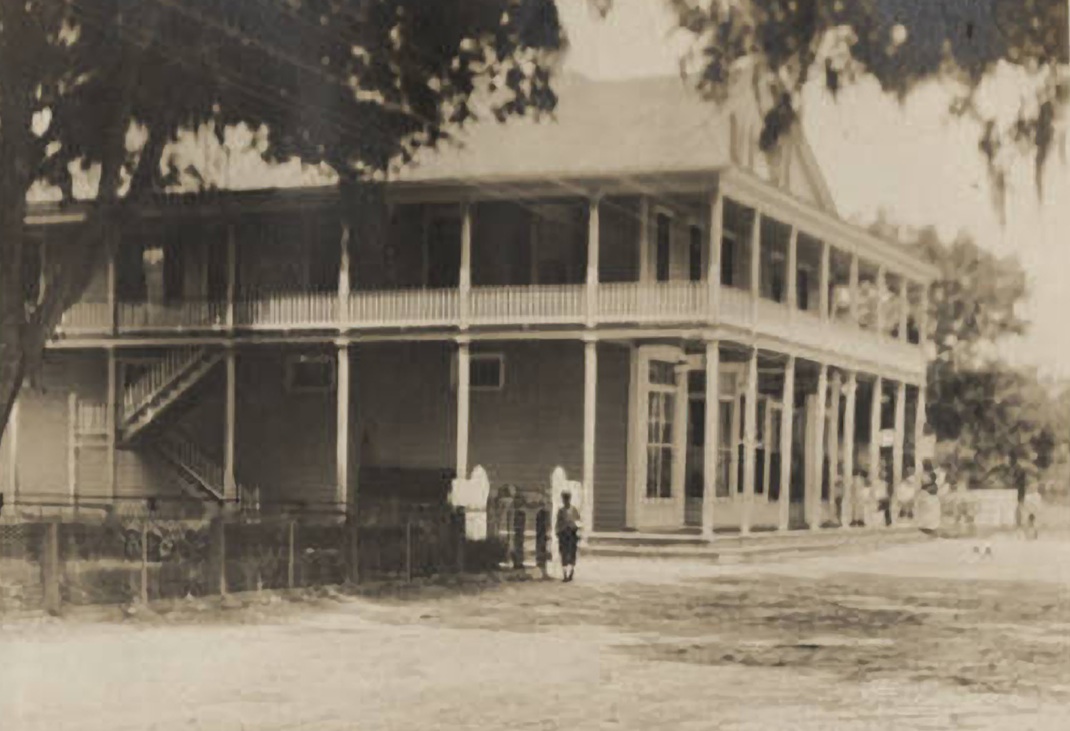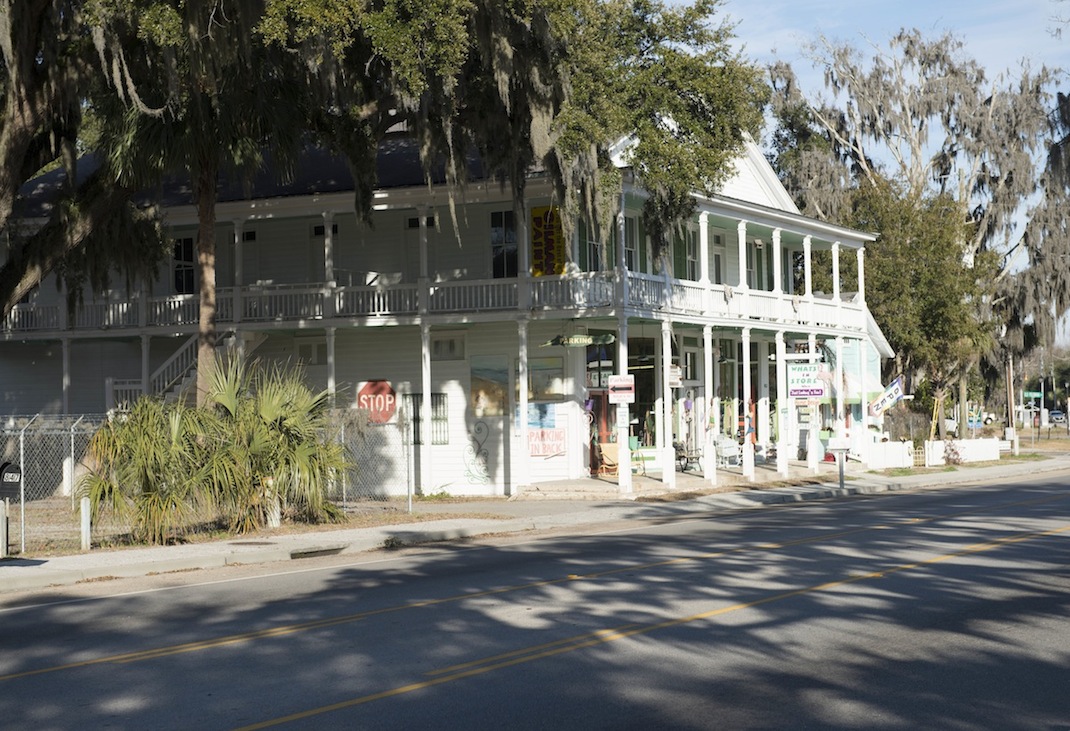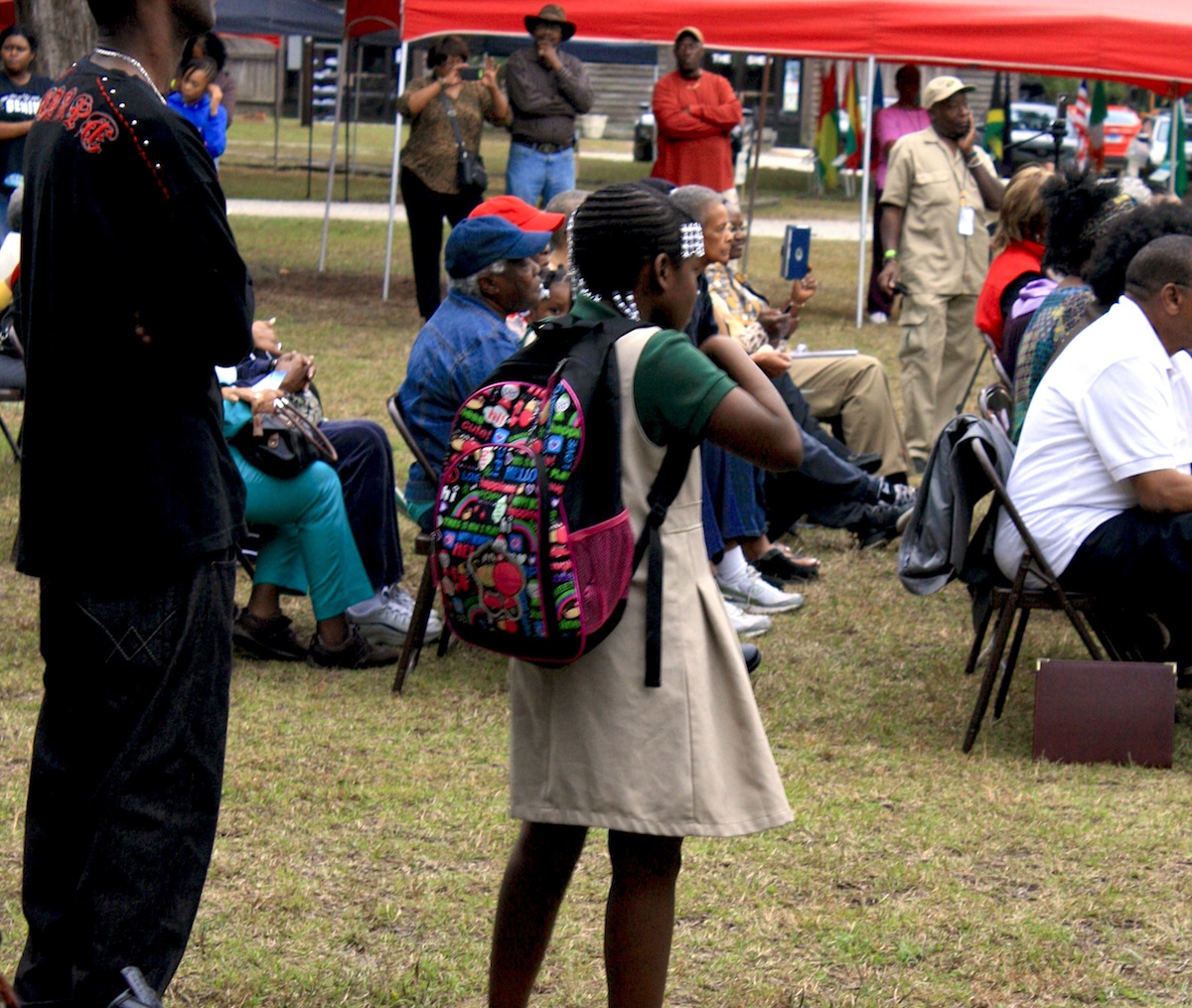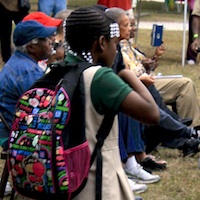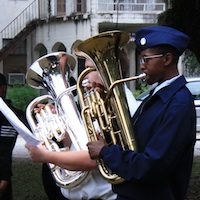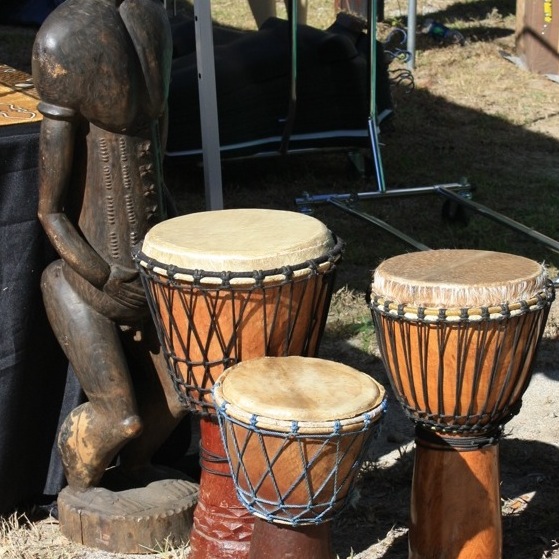-
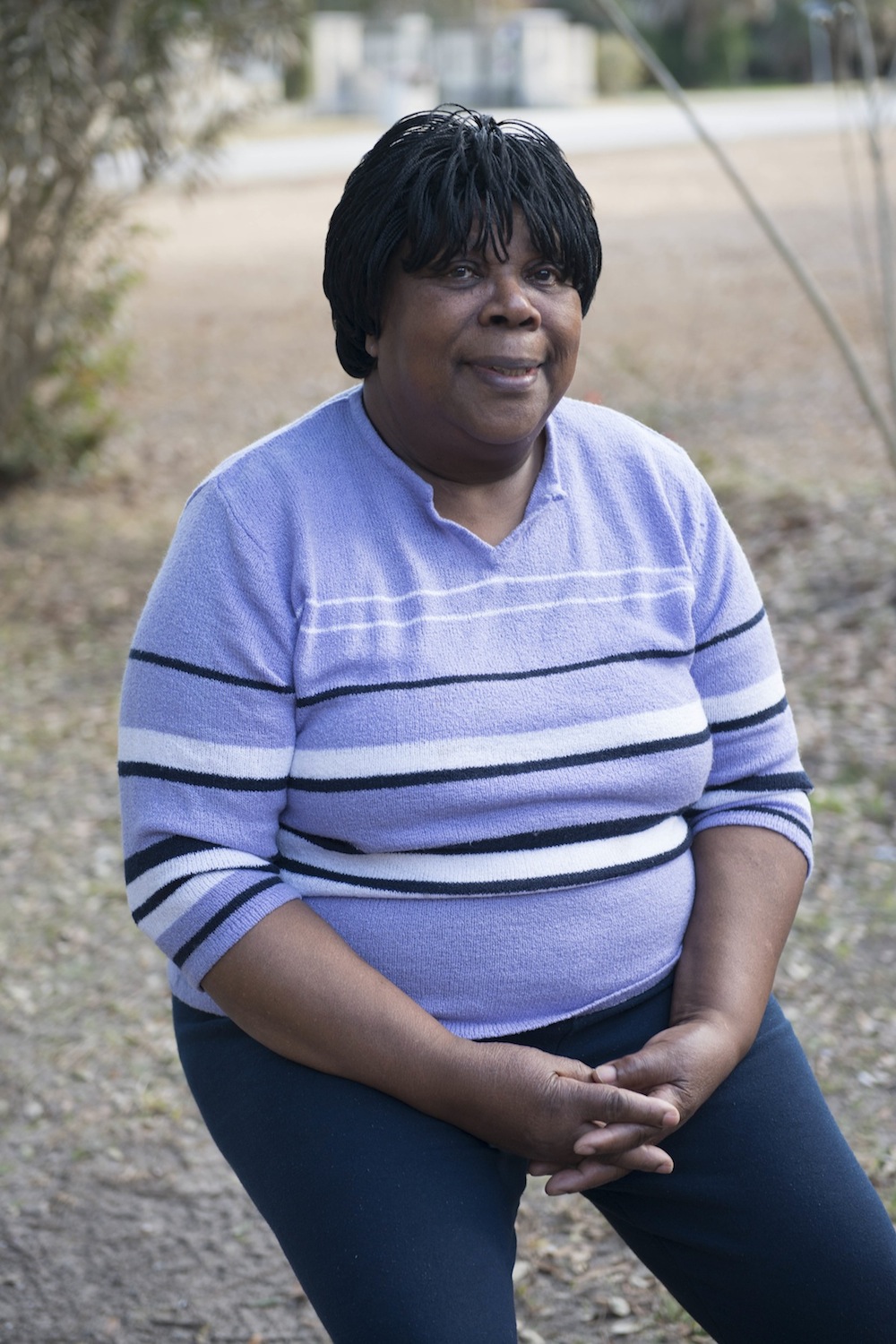 Minnie Gracie Gadson, a Gullah Praise House singer, was born
in 1947 on St. Helena Island, South Carolina. At an early
age, she fell in love with the praise and worship experience and
attended services at the Hope and John Fripp Praise Houses with
her maternal grandmother.
Minnie Gracie Gadson, a Gullah Praise House singer, was born
in 1947 on St. Helena Island, South Carolina. At an early
age, she fell in love with the praise and worship experience and
attended services at the Hope and John Fripp Praise Houses with
her maternal grandmother.
Minnie Gracie Gadson
-
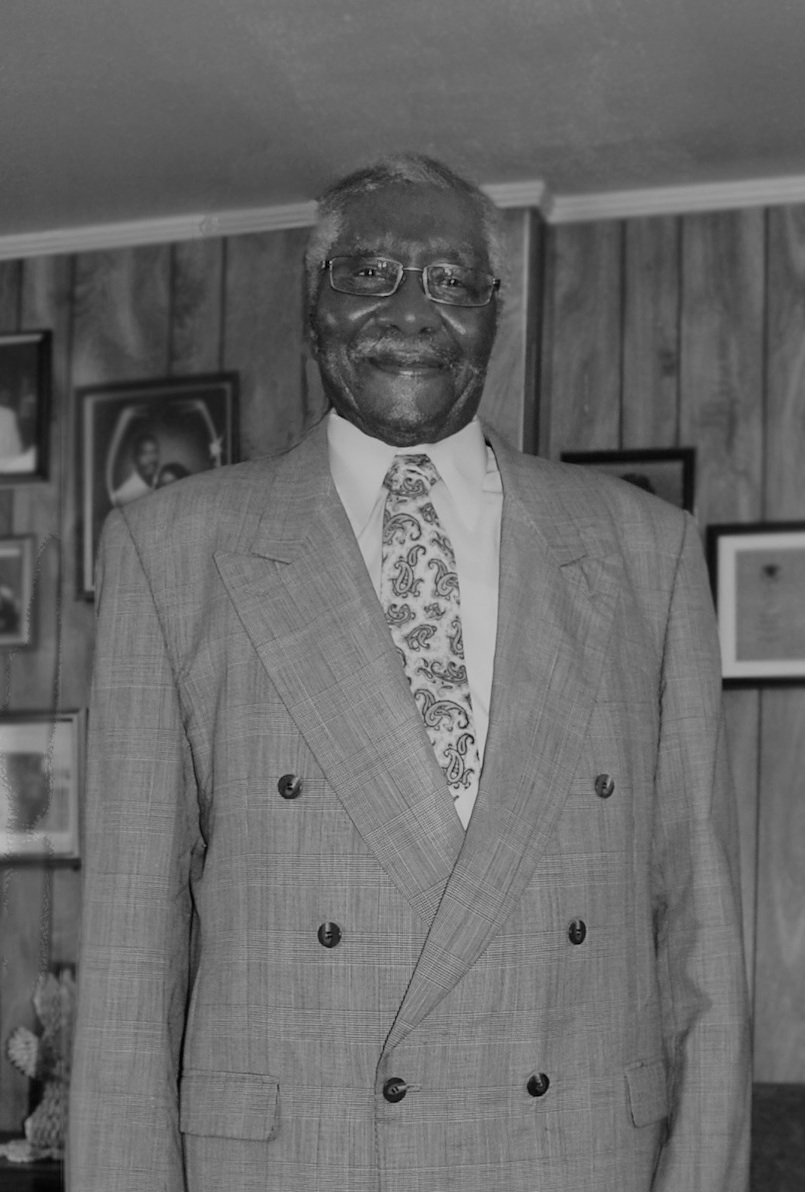 James Garfield Smalls was born on Saint Helena Island, South
Carolina in 1920. As a little boy, Garfield began singing in the Croft
Praise House with his grandmother, and he learned many spirituals from
these early experiences. After serving in the military for four years,
he raised cattle on his farm located in the Eddings Point area. He has
7 daughters.
James Garfield Smalls was born on Saint Helena Island, South
Carolina in 1920. As a little boy, Garfield began singing in the Croft
Praise House with his grandmother, and he learned many spirituals from
these early experiences. After serving in the military for four years,
he raised cattle on his farm located in the Eddings Point area. He has
7 daughters.
James Garfield Smalls
-
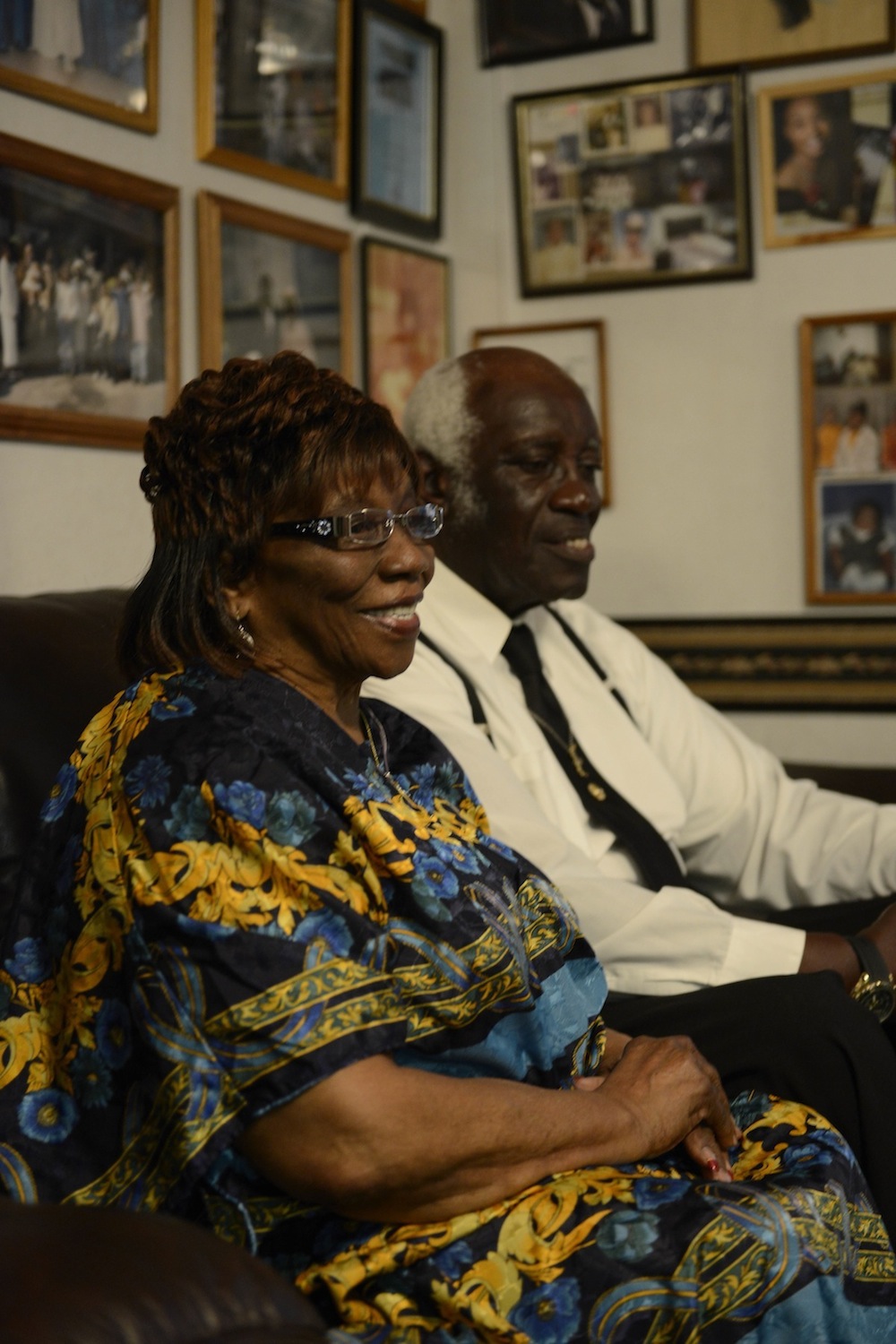 The Murrays were born within twenty miles of one another: Joseph in
Beaufort, South Carolina, and Rosa in Saint Helena Island. Both left
the island for other employment opportunities, but returned when they
married one another. Joseph is a deacon at Bethesda, where Rosa
has led the Adult and Senior choirs.
The Murrays were born within twenty miles of one another: Joseph in
Beaufort, South Carolina, and Rosa in Saint Helena Island. Both left
the island for other employment opportunities, but returned when they
married one another. Joseph is a deacon at Bethesda, where Rosa
has led the Adult and Senior choirs.
Rosa and Joseph Murray
 scroll down to explore this publication
scroll down to explore this publication
↓

